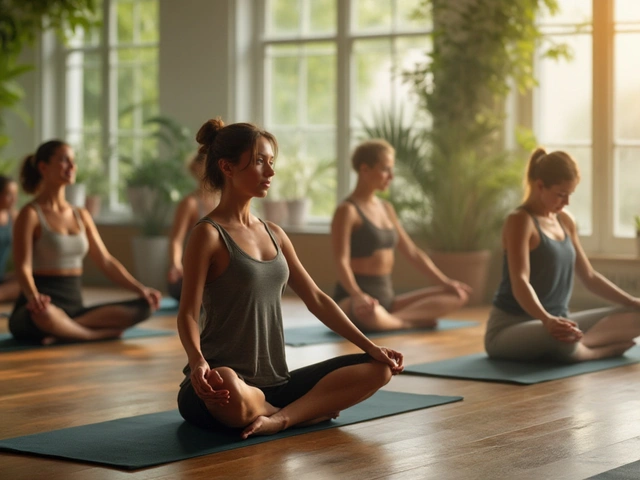Hawaiian Massage Techniques: Lomi Lomi, Kahuna, and What to Expect
Hawaiian massage isn’t just a spa treat — it’s a flowing, whole-body practice that uses long strokes, rhythm, and intention to release stress and restore balance. If you’ve tried quick kneads and felt something missing, a Hawaiian session might be what your body actually wants.
Lomi Lomi is the most known Hawaiian style. Therapists use forearms, palms, and rhythmic movements that feel like ocean waves. Sessions focus on continuous flow rather than isolated knots, so expect long, uninterrupted strokes and a sense of moving energy. Breath and music often guide the pace.
Kahuna massage shares roots with Lomi Lomi but often includes more bodywork and spiritual elements. A Kahuna practitioner may use guided talk, prayer, or traditional Hawaiian practices alongside touch. The goal is the same: release tension and support whole-body healing.
Benefits You’ll Feel
People report deeper relaxation, improved sleep, reduced muscle tension, and clearer breathing after Hawaiian techniques. The long strokes help lymph flow and circulation while the slow rhythm calms the nervous system. Some folks notice emotional release — that’s normal and part of the process.
Hawaiian massage can help chronic shoulder or neck tightness, postural stress from sitting, and general anxiety. It’s gentle but effective; you don’t need to tolerate deep pressure to get results. If you prefer lighter, flowing touch, this style fits well.
Practical Tips Before and After a Session
Book a therapist who explains their training and respects cultural roots. Ask whether they use oils, music, or guided breathing. Tell the practitioner about injuries, surgeries, or sensitive areas so they can adapt the strokes. If a practitioner adds spiritual elements you’re uncomfortable with, say so — a good therapist will tailor the session.
Wear loose clothing if you prefer not to disrobe fully; many Hawaiian sessions can be done over light clothing. Drink water after the massage to help flush toxins and support circulation. Rest that evening if you can — the body integrates touch-driven changes best with gentle activity.
Want a mini version at home? Lie on your side or stomach and use slow, long strokes with your palms along the back, hips, and legs. Keep pressure even and consistent, matching breath. This won’t replace a full session, but it can calm the nervous system and relieve tight muscles between appointments.
Curious where to find authentic work? Community clinics, traditional healers, and massage schools often teach Lomi Lomi and Kahuna. Read reviews, ask about cultural training, and choose someone who listens. Hawaiian massage is about connection — to your body, breath, and the person working with you. When that connection’s right, the results show up fast.
If you’ve had surgery or open wounds, check with your doctor before booking. Pregnant people should choose therapists trained in prenatal Hawaiian methods. Expect modest soreness for a day or two—gentle stretching and warm baths help. Schedule follow-up sessions every few weeks for best results when you’re chasing posture or chronic pain changes. Trust the process.

Your Essential Guide to Lomi Lomi Massage
Hi there, lovelies. If you've been curious about different relaxation techniques, this post is perfect for you. I'm going to introduce you to the wonderful world of Lomi Lomi Massage – a traditional Hawaiian massage technique that promotes healing and tranquility. I'll guide you through its fundamentals, benefits, and even share some personal experience. So, come join me on this peaceful journey to wellness and relaxation.
Categories
- Health and Wellness (148)
- Alternative Therapies (86)
- Massage Therapy (40)
- Travel and Culture (15)
- Beauty and Skincare (9)
- Holistic Health (8)
- Health and Fitness (5)
- Spirituality (5)
- Other (2)
- Personal Development (2)
Popular Articles

Ortho-Bionomy: A New Hope for Chronic Pain Sufferers
May, 17 2025


